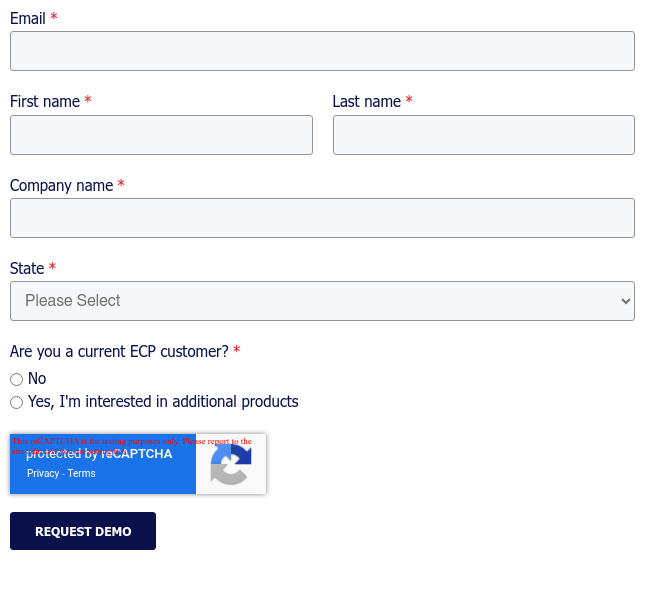Why Personalized Care Plans Drive Resident Satisfaction in Senior Living
One Size Doesn’t Fit All in Senior Living
Every resident who walks into your community brings a unique story: different health needs, life experiences, routines, and preferences. Yet too often, care planning in senior living takes a generalized approach. The result? Frustrated residents, overwhelmed staff, and families who don’t feel heard.
Personalized care plans change that dynamic. When done right, they can elevate resident satisfaction, improve health outcomes, and build stronger trust with families. And with the right tools, customizing care isn’t just possible—it’s scalable.
Learn how top senior living communities use personalization to stand out.
What is a Personalized Care Plan?
A personalized care plan goes beyond listing medications and diagnoses. It’s a dynamic document that incorporates:
- Medical history and current health status
- Social and emotional needs
- Daily routines and preferences
- Mobility and assistance levels
- Family involvement and communication preferences
In short, it’s a roadmap for person-centered care that empowers staff to meet residents where they are—not where a template says they should be.
Why personalized care in assisted living matters
1. Improved Resident Satisfaction
When residents feel seen and heard, their satisfaction improves. Tailoring routines to individual preferences—such as preferred meal times or bathing schedules—may seem small, but those details impact daily life in big ways.
Example: A resident with dementia may respond better to morning care routines. Customizing their plan accordingly can reduce agitation and improve their overall mood.
2. Better Clinical Outcomes
Personalized care plans often lead to better adherence to care protocols, fewer incidents, and stronger clinical results. They allow staff to proactively address changes in condition and adjust care accordingly.
3. Stronger Family Trust
Families want reassurance that their loved ones are cared for as individuals—not just as room numbers or diagnoses. Personalized plans create transparency and give families confidence in the care being provided.
The Role of Technology in Making Personalization Possible
Creating a personalized plan for every resident might sound time-consuming—but it doesn’t have to be. With the right senior living software, personalization becomes a built-in part of care planning.
Platforms that focus on EHR for senior living like ECP’s allow communities to:
- Auto-generate care plans based on resident assessments
- Track individual preferences and update them over time
- Align care team workflows with personalized interventions
- Document and share care plans securely with family members
See how ECP’s EHR supports personalized care plans.
From Template-Based to Truly Person-Centered
It’s not enough to check a box for “customized care.” Residents and families can tell when personalization is surface-level. Real person-centered care requires:
- Regular updates based on resident changes
- Input from residents, families, and interdisciplinary care teams
- Software that enables flexibility and communication
Explore how fostering personal connections and wellness contributes to active aging.
Our blog on how EHRs streamline care plans & compliance explains how moving away from paper-based plans supports deeper personalization and regulatory alignment.
The Bottom Line: Personalization Drives Satisfaction
In senior living, relationships are everything. Personalized care plans are the foundation for building those relationships—with residents and their families. Communities that embrace person-centered planning see:
- Higher satisfaction scores
- Stronger word-of-mouth referrals
- Fewer incidents and more consistent care
And with the right technology, personalization doesn’t mean more work—it means better outcomes.
Learn more about how ECP’s EHR supports personalized care.
Ready to see ECP in action? Fill out the form below to schedule a demo.

